Frame Repair Equipment: Accurate Structural Repairs Unlocked
Auto body shops offering collision repair services require specialized frame repair equipment, inclu…….
Welcome to an in-depth exploration of frame repair equipment, a vital toolset within the automotive and engineering sectors. This article aims to equip readers with a comprehensive understanding of this specialized equipment, its role in maintaining and restoring structural integrity, and its global impact. By delving into various aspects, from historical context to future prospects, we will uncover the significance of frame repair equipment in both industrial and everyday contexts.
Definition: Frame repair equipment refers to a collection of specialized tools, machinery, and software designed for the accurate measurement, assessment, and restoration of vehicle frames and structural components. This equipment plays a critical role in ensuring the safety and structural soundness of vehicles, from vintage classics to modern automobiles.
Core Components:
The concept of frame repair equipment has evolved significantly over the years, reflecting advancements in technology and automotive design. Historically, frame repairs involved manual labor and rudimentary tools, making the process time-consuming and imprecise. However, with the rise of industrialization and the automotive industry, specialized machinery began to emerge:
| Era | Technological Advancements | Impact |
|---|---|---|
| Early 20th Century | Hand-operated welding tools and basic frame straighteners | Initial attempts at mechanization, but precision was limited |
| Mid-20th Century | Introduction of hydraulic press machines and early computer-aided design (CAD) systems | Enhanced accuracy and efficiency in frame straightening and repairs |
| Late 20th Century | Advancements in laser technology, robotic welding, and CAD/CAM systems | Revolutionized frame repair with higher precision, reduced manual labor, and improved structural integrity |
| 21st Century | Integration of AI, IoT, and advanced materials | Continues to drive innovation, focusing on lighter materials, predictive maintenance, and smart repair solutions |
International Influence: Frame repair equipment has left an indelible mark on the global automotive industry. Countries with robust manufacturing hubs, such as China, Japan, and Germany, have driven innovation in this field. These nations export not only vehicles but also advanced frame repair technologies, contributing to a standardized level of structural integrity across different car models.
Regional Trends:
Market Analysis: The global frame repair equipment market is a significant segment within the broader automotive aftermarket sector. According to a 2022 report by Research and Markets, the market size was valued at USD 3.5 billion in 2021 and is projected to grow at a CAGR of 4.5% from 2022 to 2029. This growth is attributed to rising vehicle production, stringent safety regulations, and increasing demand for advanced repair technologies.
Investment Patterns: Major automotive manufacturers invest heavily in frame repair equipment to ensure efficient and reliable after-sales services. For instance, Tesla has developed its own proprietary repair systems to maintain the integrity of its unique vehicle frames while also fostering a culture of sustainability.
Laser Technology: Laser measurement tools and welding machines have revolutionized frame repair by offering unparalleled precision. Lasers can detect even minute discrepancies in frame dimensions, ensuring accurate repairs. Additionally, laser welding provides exceptional strength and aesthetics, making it ideal for modern vehicle designs.
Robotic Welding Systems: Automation has taken center stage with the introduction of robotic welding arms that mimic human dexterity but with increased speed and consistency. These systems reduce the risk of errors and enhance productivity in repair shops. Companies like ABB and KUKA have made significant contributions to this field.
Computer-Aided Design (CAD) and Computer-Aided Manufacturing (CAM): Integrated CAD/CAM systems provide a seamless workflow, enabling technicians to design repairs virtually before executing them physically. This technology streamlines the repair process, reduces waste, and improves overall efficiency.
Internet of Things (IoT) and Predictive Maintenance: The integration of IoT sensors in vehicles allows for real-time monitoring of structural health. These sensors can detect subtle changes in frame integrity, enabling predictive maintenance and minimizing the need for extensive repairs.
Safety Regulations: Frame repair equipment is subject to various safety standards and regulations worldwide. For instance, the European Union’s General Product Safety Directive (GPSD) ensures that all automotive parts, including repair equipment, meet strict health and safety criteria. Similar standards exist in the United States, such as those set by the National Highway Traffic Safety Administration (NHTSA).
Industry Standards: Organizations like the Automotive Industry Action Group (AIAG) establish best practices for frame repair procedures. These standards ensure consistency and quality across different manufacturers and repair shops. AIAG’s ‘Quality Process Management System’ provides a framework for repairing vehicle frames to original equipment manufacturer (OEM) specifications.
Main Challenges:
Proposed Solutions:
Case Study 1: Tesla’s In-House Frame Repair System
Tesla has developed a proprietary frame repair process tailored to its unique vehicle designs. This system utilizes advanced laser scanning technology to capture precise measurements, followed by robotic welding for repairs. Tesla’s approach ensures structural integrity while maintaining the brand’s signature minimalist aesthetics. The company’s focus on sustainability extends to its repair processes, promoting eco-friendly practices within the industry.
Case Study 2: Japan’s Post-Disaster Vehicle Restoration
After natural disasters like earthquakes and typhoons, Japan faces the daunting task of restoring damaged vehicles. Specialized frame repair equipment plays a crucial role in this process. Companies like NHK (Nippon High-Tech) offer portable and lightweight repair systems that can be quickly deployed to affected areas. These tools enable efficient restoration, ensuring that displaced communities have access to reliable transportation.
Growth Areas:
Emerging Trends:
Strategic Considerations:
Frame repair equipment is more than just a set of tools; it represents the intersection of technology, safety, and sustainability in the automotive sector. As vehicles continue to evolve with advancements in electrification, autonomous driving, and connected technologies, the role of frame repair equipment will remain indispensable. By embracing technological innovations, addressing global challenges, and fostering collaboration, the industry can ensure a future where frame repairs are not just effective but also environmentally responsible and economically viable.
Q: How does frame repair equipment differ from traditional welding machines?
A: Traditional welding machines primarily focus on joining metal components, while frame repair equipment is designed for more precise measurement, assessment, and restoration of vehicle frames, often involving specialized techniques like laser scanning and robotic welding.
Q: Can frame repair technology be used for repairing damaged infrastructure?
A: While the core principles are similar, frame repair equipment for vehicles might require modifications to cater to the unique structural considerations of infrastructure such as bridges or buildings. However, some technologies, like 3D scanning and laser measurement, can be adapted for infrastructure inspection and repair.
Q: What role does AI play in frame repair?
A: AI algorithms enhance frame repair by analyzing vehicle data, predicting maintenance needs, and providing personalized recommendations. In advanced cases, AI-driven systems can assist in automated repair processes, improving efficiency and precision.
Q: How do environmental regulations impact frame repair equipment manufacturing?
A: Environmental regulations drive the development of more sustainable frame repair technologies. Manufacturers focus on lighter materials, efficient repair methods, and proper e-waste management to meet these standards, contributing to a greener automotive industry.
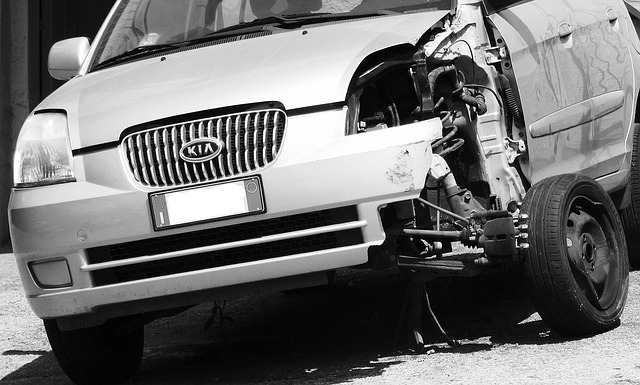
Auto body shops offering collision repair services require specialized frame repair equipment, inclu…….
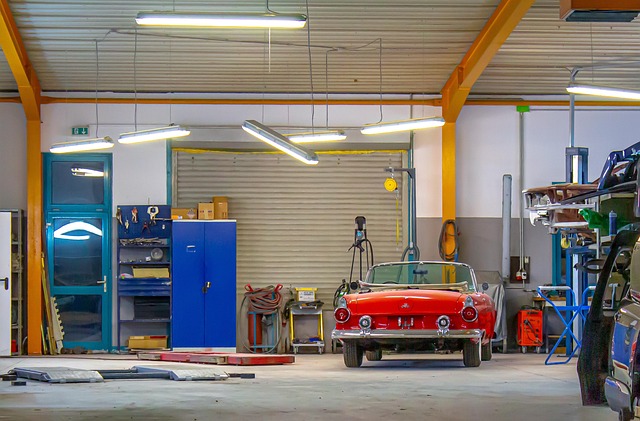
Frame repair equipment, including specialized machines and precision measuring tools, is vital for p…….
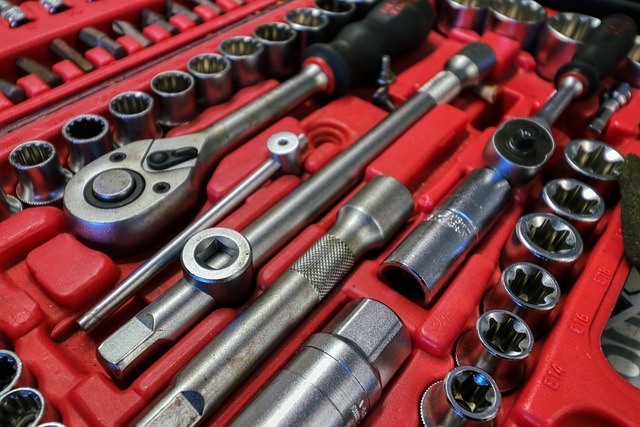
The adoption of laser technology in the frame repair equipment industry has revolutionized collision…….

Post-collision vehicle repairs highlight the critical role of frame repair equipment in ensuring str…….

Frame repair equipment is essential for automotive professionals offering collision and restoration…….
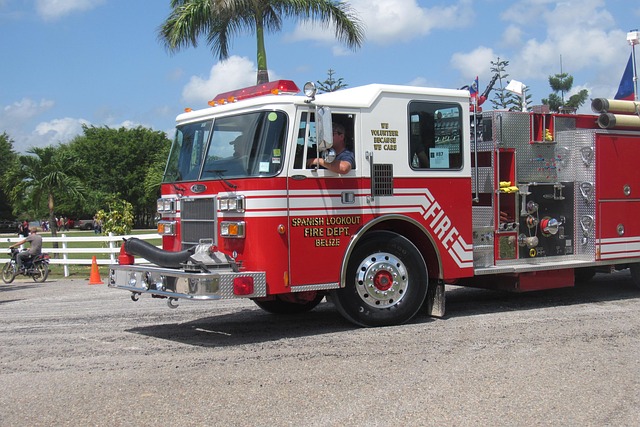
Frame repair equipment is crucial for maintaining and calibrating airbag systems in vehicles, ensuri…….
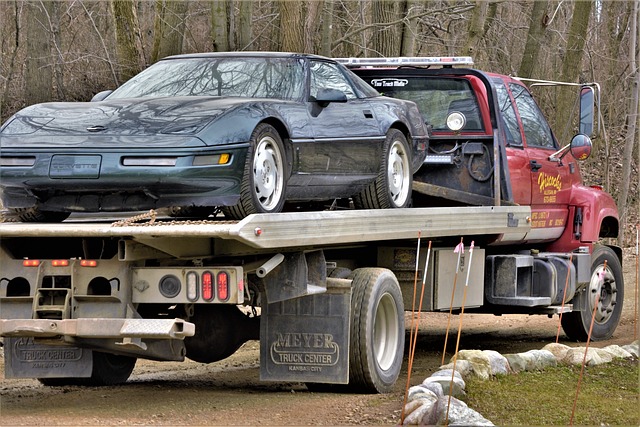
Modern frame repair equipment is transforming collision centers, offering unparalleled precision, ef…….
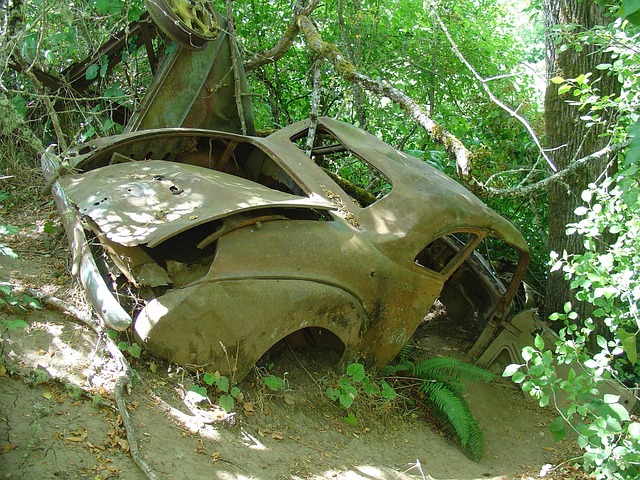
Frame repair equipment is vital in the automotive industry for precise structural alignment during v…….

Laser technology has transformed frame repair equipment, offering unprecedented precision and effici…….
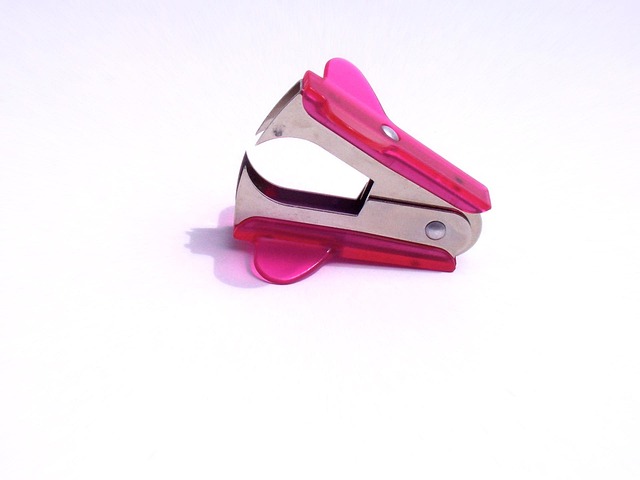
In automotive repairs, especially for high-end brands like Mercedes Benz, comprehensive frame repair…….